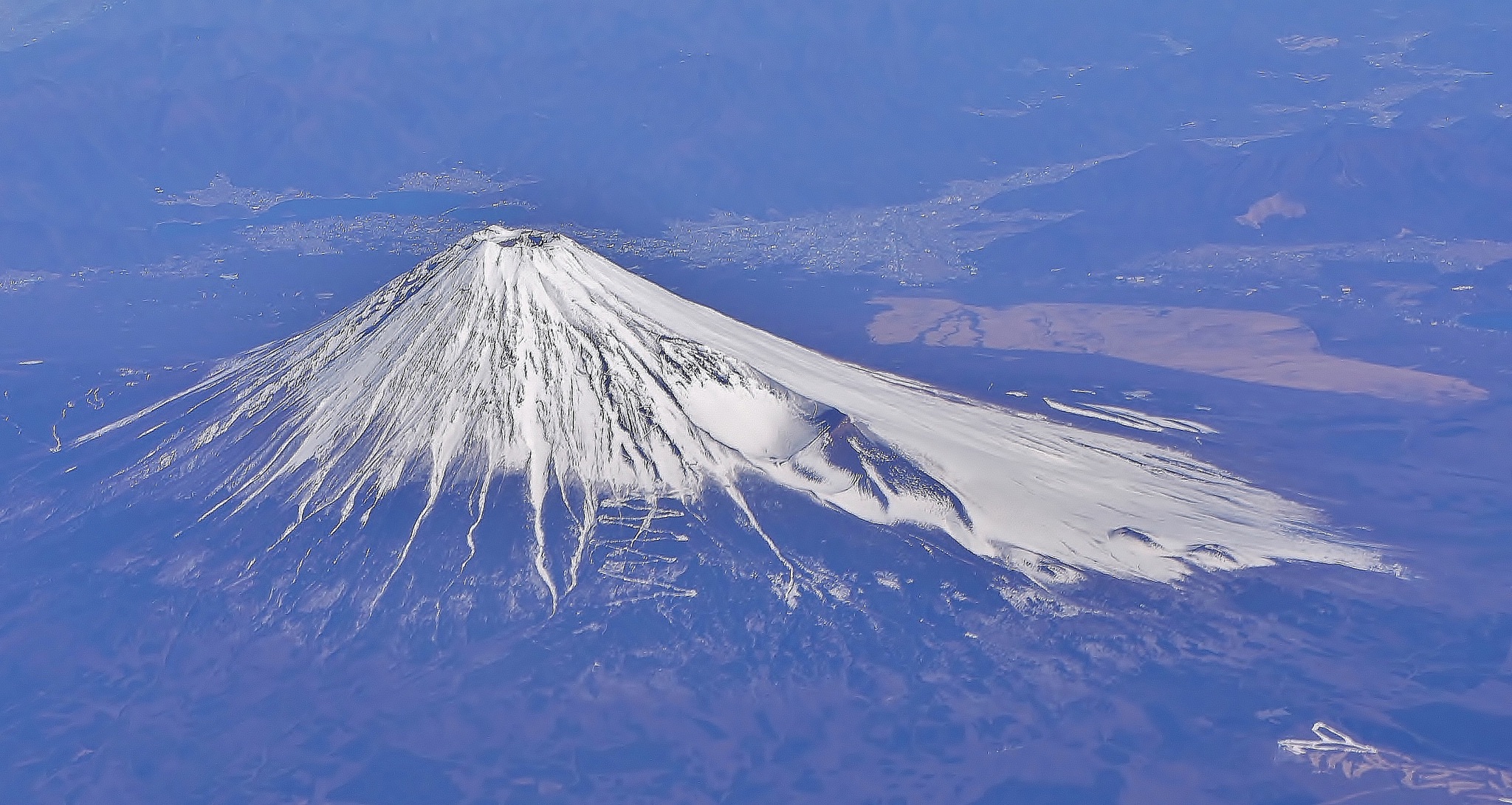Mount Fuji in Japan is a well-known symbol of the country. Its unusual conical shape, which is generally coated in snow, is a well-known shape frequently featured in ukiyo-e paintings (woodblock prints). There’s more to learn about the breathtaking mountain than meets the eye.

With a peak of 12389 feet, Mount Fuji is among the top mountains in Japan and the second-highest in the entire region of Asia. As Mount Fuji is in close vicinity to Tokyo its form can be seen from multiple perspectives when it is clear.
Some of the interesting facts about Mount Fuji can be found below:-
1.STRATOVOLCANO
Mount Fuji is not just an active peak, but also a stratovolcano. This means that, like Mount Vesuvius in Pompeii, its conical shape is formed by layers of lava solidified and tephra.

2.HOLY MOUNTAIN
Mount Fuji has long been revered as a sacred spot by followers of the Shinto religion. Princess Konohanasakuya has been regarded as the god of Mount Fuji, and there are many shrines at both the summit and base of the mountain that is dedicated to her.
3.ASCENSION
According to sources that mention it, the first recorded climb from Mount Fuji occurred in 663 CE by a monk who was not named. Later, in 1860, Sir Rutherford Alcock scaled Mount Fuji in around eight hours.

4.LAST ERUPTION
It’s been more than 300 years since Mount Fuji’s most recent eruption, in 1707. Being an active volcano, Mount Fuji is at risk of eruption again. However, recent data suggests that it has a very low possibility of an eruption.

5.NOT THE ONLY NATURAL BEAUTY
Mount Fuji does not have to be the most spectacular natural attraction that exists in the region. It is further located around five lakes including Lake Kawaguchiko, Lake Yamanakako, Lake Saiko, Lake Shojiko, Lake Motosuko, and Lake Motosuko, as well as numerous hot springs.
6.NATIONAL BILL
The reverse on this 1000 Yen includes a unique shot of Mount Fuji by photographer Koyo Okada. The image is reflected within Lake Motosu.

7.ORIGIN OF THE NAME
The name that is used to describe Mount Fuji (富士山) predates kanji, which is a symbol that is part of the Japanese script, including the Katakana and the hiragana. One theory for the name’s origins is that it was derived from an Edo-period scholar called Hirata Atsutane. According to Atsutane, the name is an expression that refers to “a mountain standing up shapely as an ear of a rice plant.”
8.YOSHIDA FESTIVAL
The Yoshida Fire Festival is held in Fujiyoshida City, which is located at the foot of Mount Fuji, every year on the 26th and 27th, which is thought to be the day that the climbing season ends. It is 1 mile of lit torches that are designed to calm Mount Fuji’s fury.
Source: MyModernMet
Also, read about the High Altitude Mount Fuji Fireworks Festival 2021 Announced!



